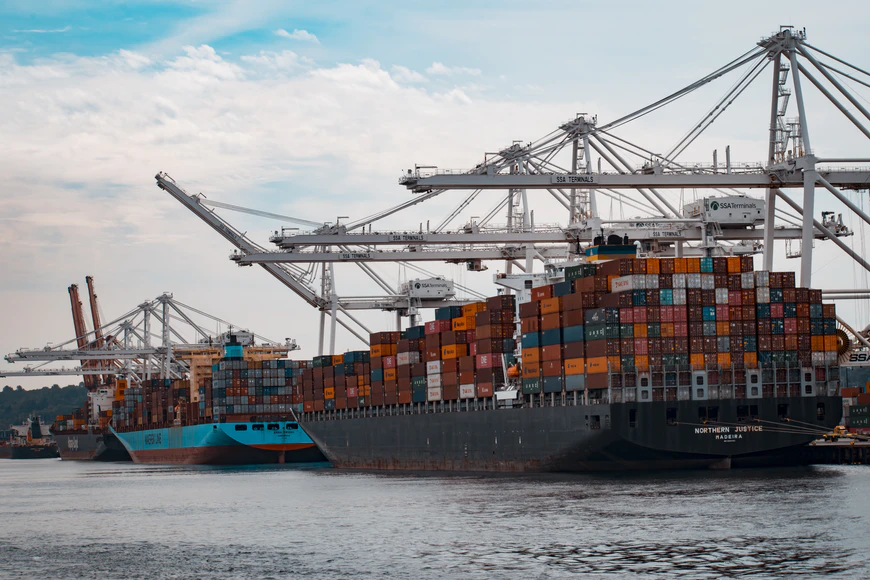Types of Container Units Used for Shipping Cargo – Infographic
Aside from gargantuan cargo ships, another object that most people often associate with international shipping industry is container units. These long, rigid, metal boxes form the most integral part of the entire shipping industry- and are the structures that shippers rely on to store various types of cargos that need to be transported from point A to point B.
Having said that, a variety of container units can be used depending on the type of products to be shipped or the special features. To know which one suits best to the products your business is shipping, check out this infographic.
















